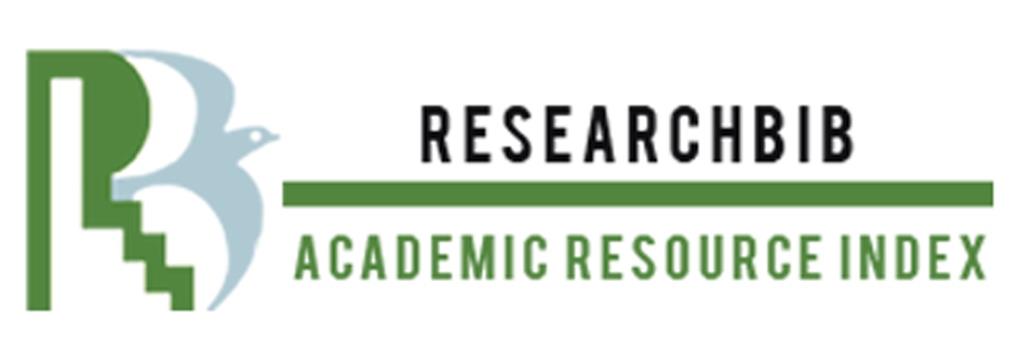THE DICHOTOMY OF EMOTION: UNRAVELING THE DEPTHS OF JOY AND SADNESS.
Keywords:
Childhood development, emotion expression, psycholinguistics, linguistic acquisition, verbal language, nonverbal communication, syntactic structures, emotional development, joy, sadness, language acquisition, child psychology, emotional intelligence, cognitive development linguistic proficiency.Abstract
This study delves into the nuanced expressions of joy and sadness in children aged 6-8 years, exploring the intricate interplay between linguistic acquisition and emotional manifestation. Employing a qualitative descriptive approach, observable verbal and nonverbal cues were analyzed to glean insights into the children's emotional development. Findings reveal a remarkable command over syntactic structures, enabling them to articulate feelings of joy and sadness effectively. Understanding these expressions provides crucial insights for parents, educators, and caregivers, facilitating tailored support during this pivotal phase of growth.
References
Hall, J, A. Voice, tone, and persuasion. Journal of Personality and Social Psychology., pp 924–934, 1980 2. Petterson, M, L. Function of nonverbal behavior in social interaction. Dalam H. Giles & W, P. Robinson. Handbook of language and social psychology. New york: jhon wiley & Sons. 199
Barcelona, A. (1986). The concept of depression in American English.In Z. Kovecses (2005). Emotion concepts: from anger to quilt. A cognitive semantic Perspective. Cognitive Psychopathology, Vol.2, No.3, pp.13-32.
Barcelona, A., & Soriano, C. (2004). Metaphorical conceptualization in English and Spanish. European Journal of English Studies, Vol.8, No.3, pp. 295-307. Dehkhoda, A. (1960).
Amsal-Al- Hekam. Tehran, Iran: Amir Kabir. Gibbs, R. W. Jr. (1994). The poetics of mind: figurative thought, language, and Understanding. Cambridge, England ׃Cambridge University Press. Kövecses. (1988).
The Language of Love: The Semantics of Passion in Conversational English. Lewisburg London.Toronto: Bucknell University Press. Kovecses, Z. (1986).
Metaphors of Anger, Pride, and Love. Pragmatics and Beyond. Amsterdam: John Benjamins. Kovecses, Z. (1990).
Emotion concepts. Berlin and New York: Springer-Verlag. http://dx.doi.org/10.1007/978-1-4612-3312-1 Kövecses, Z. (1991).
Kovecses, Z. (1995). Anger: Its language, conceptualization, and physiology in the light of cross-cultural evidence, In John R. Taylor, & Robert E. MacLaury (Eds.) Language and the Cognitive Construal of the World (pp. 181-196).
Kovecses, Z. (2000). Metaphor and emotion: Language, culture, and body in human feeling. New York: Cambridge University Press.
Etin Pujihastuti, et al. (2012). "Expression of joy in children aged 3-5 years in psycholinguistic studies."
Edward Watuna. (2014). "The use of language in expressing emotion of excitement in the Twilight Saga film by Stephen Meyer: a psycholingographic analysis."
https://doi.org/10.1504/IJWMC.2018.10018287
https://doi.org/10.4236/ojbm.2019.72062














